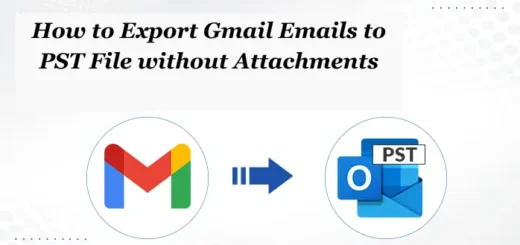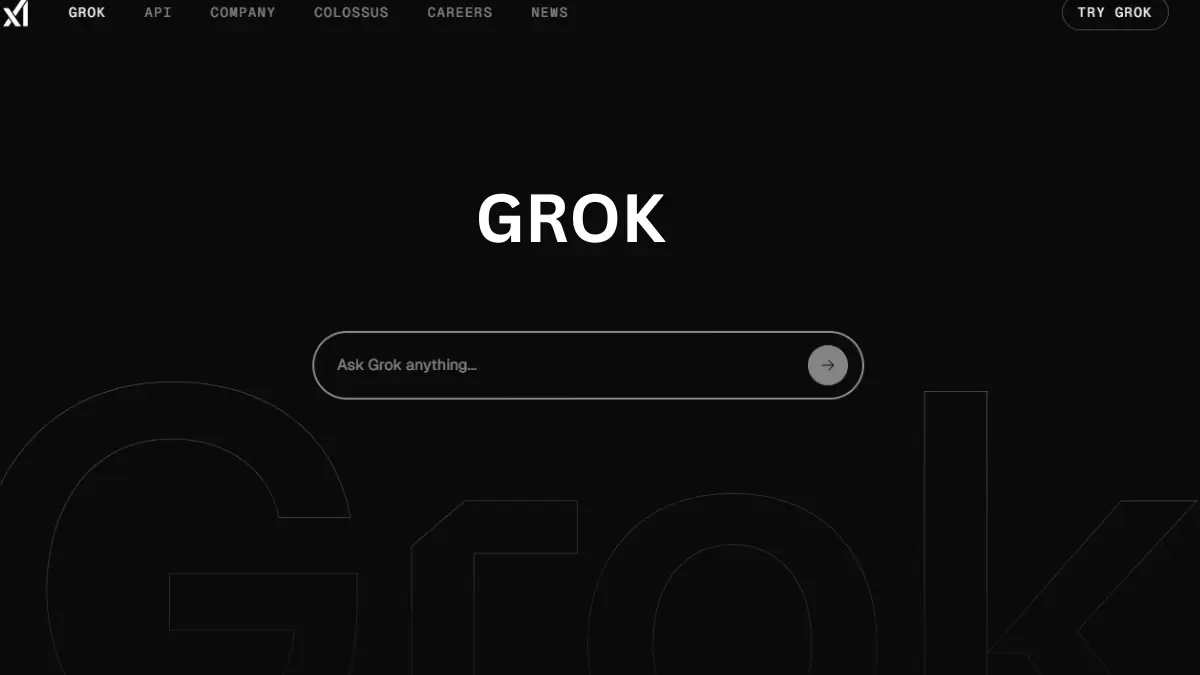Contextual vs Native Advertising: Which is Best for Your Business?

If a business wants to use paid media, the first thing that springs to mind is contextual and native advertising.
Paid media is an excellent way to get your brand out there and gain exposure rapidly.
It’s also reasonably priced, depending on the sort of advertisement you’re running, and readily measurable because you can watch how much money you’re spending and establish budgets as necessary.
Paid media is absolutely worth a try. Dive deep into the blog to learn about contextual and native advertising, how they function, and which sort of advertising to use for your next marketing campaign.
What is Contextual Advertising?
Contextual advertising is a type of paid media in which you place an advertisement on a website that is relevant to the page’s content. In principle, the ad and the content on the website should complement each other.
With the use of third-party cookies halted in the post-GDPR world, the introduction of numerous new restrictions, and the necessity to regulate personal data and user permission, marketers have once again turned to a platform that is free of all such limitations – Contextual Targeting.
According to a recent research, contextually relevant advertising increased engagement by 43%. Furthermore, individuals recalled contextual advertising 2.2 times better than ordinary advertisements.
The approach of delivering advertising on a webpage based on its content rather than the user’s data is known as contextual ad targeting. This notion, however, is not new in the ad tech industry. However, it has been around for some time.
An easy way to explain this is as follows: If you’re reading a movie review site, you could come across advertisements that say things like “buy movie tickets” or “sign up for a movie streaming service.”
How Does Contextual Targeting Work?
Contextual advertising is accomplished through contextual targeting, which means that your advertisements are segmented based on certain keywords or website subjects. When targeting inside your topic, keywords are often more exact, and you should select up to 50 keywords for one campaign, if applicable.
Contextual advertising entails contextual targeting through the use of a demand-side platform (DSP), which will place your ad on websites that meet your requirements.
The working phases of contextual targeting are as follows:
Step 1: Choose Contextual Advertising Parameters Based on Keywords or Topics
Selecting a keyword or subject is required to assist the advertising system in understanding the nature of the campaign and positioning your adverts on relevant websites.
In this situation, the advertising is displayed by the ad publisher depending on either the key phrase associated with the web page or its topic.
As a result, if the keywords or themes you’ve chosen relate to a website’s main concept, your ad may display on that site.
Relevant adverts are shown as banners, carousels, and other features. It is important to note, however, that this also involves manual judgment and execution on the part of the publisher.
Furthermore, companies must ensure that the adverts they display are relevant to the interests of the target audience.
Step 2: Google Analyzes the Pages in Its Network
Once the order is placed, Google strives to match your ad with the most relevant content. In addition to other targeting, it considers content, language, page structure, link structure, and keywords.
You may set your network to have a broad or specific reach when utilizing the (Google Display Network) GDN. Your ad will be subject-targeted due to its broad reach.
Finally, when you employ exact reach, your advertisements will appear only on sites that match keywords and at least one of your chosen themes.
Step 3: Your Ad is Placed
Now, let’s look at some of the reasons why contextual advertising can be a good fit for your company.
Why Should You Use Contextual Advertising?
- Affordability
Contextual advertising is less expensive than behavioral advertising, for example, because it does not require as much data and resources (which can cost money). Despite the fact that it is less targeted, it will reach a larger audience in the hopes of attracting people to your website.
- Privacy
It does not infringe on people’s privacy. Personal information is not used to deliver advertisements in this sort of advertising. You’ll want to make sure your advertisements are on compliant pages, and contextual advertising makes this easy.
- Brand Reputation
Your brand’s reputation will remain stable and favorable. Nobody likes to see your advertisement in a location where they were not expecting to see it in the first place. Because you may select certain themes and phrases, your advertising will appear where they are intended to appear rather than on a random website, where consumers may feel stalked.
As you can see, this sort of sponsored media offers secure and efficient methods of getting your ad and message out to the public. Native advertising is another type of contextual advertising that we’ll discuss presently.
What is Native Advertising?
Native advertising is a type of contextual advertising in which the adverts you develop are meant to resemble the website’s or media content that the visitor is now seeing. So, ultimately, your ad appears to be a fantastic match for what is currently there.
They might appear as advertisements as recommended material on a website or in a social media feed (e.g., articles, infographics, videos, and so on). If the ad is in “a feed,” it will display in your social network feed, such as Twitter or Facebook, where you may readily notice it while scrolling through. If you’re reading an article, a native ad will show below the text. This sort of advertising helps your business to blend in with, rather than interrupt, the present user’s experience.
Choosing a Native Advertising Strategy
When you’re ready to build a native ad, make the following changes:
- What kind of objective do you want? What kind of messaging do you wish to send?
- What format do you intend to use?
Once you’ve made these options, you’re ready to start creating content and ads.
Benefits of Using Native Advertising
The below mentioned benefits of native advertising will help you understand the advantages of this advertising strategy and why you should use it.
- Brand Awareness and Trust
Native advertising works well for increasing brand recognition and trust. Ads that are appealing, relevant, and non-disruptive may be used to create an experience for the user.
When you do this, your brand isn’t obtrusive or following people around in places they don’t want to be followed. You may draw greater attention to your organization by posting brand tales inside relevant content and articles. You may also reach a larger audience this way. People will trust your brand more if your advertisements are unique, engaging, and memorable.
- Authentic Connections
People are more inclined to engage with you if you create intriguing, personalized content. Native advertising allows you to learn about your target audience and engage with them. Building interaction is essential for making your business more relevant.
Contextual vs. Native Advertising: Two Excellent Paid Media Options
If you are interested in paid media, both contextual advertising and native advertising are excellent options for your organization. These are two choices you should consider, especially if you are a newer firm attempting to establish brand awareness and identification. They’re reasonably priced, and you’ll be able to reach the demographic you want to attract.
We hope this helps you determine which path to choose.







